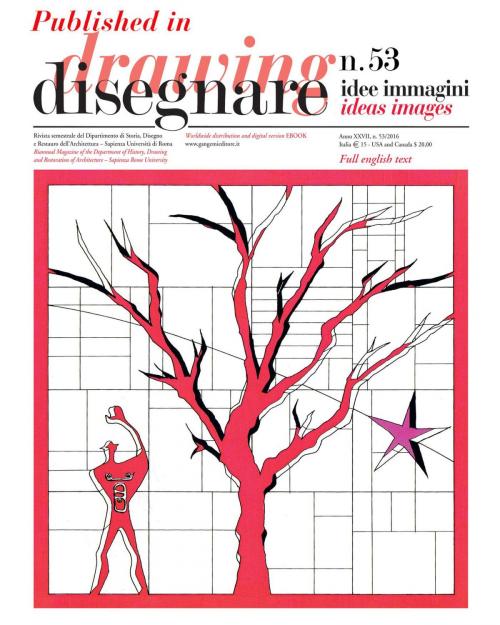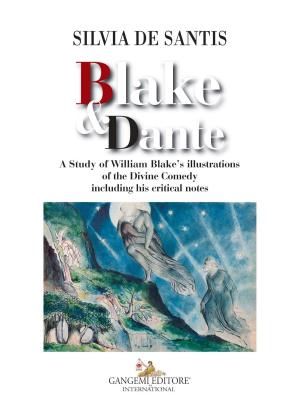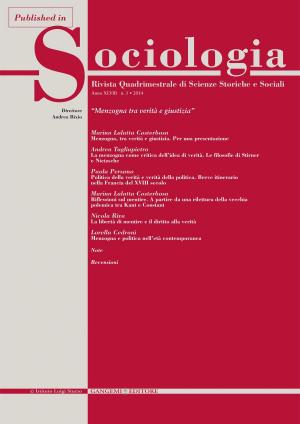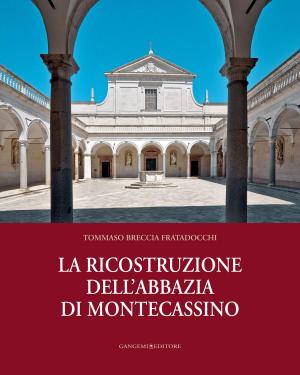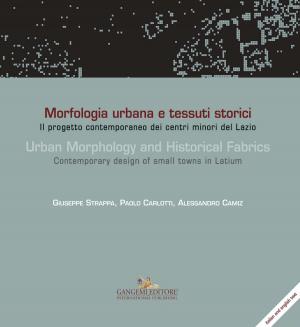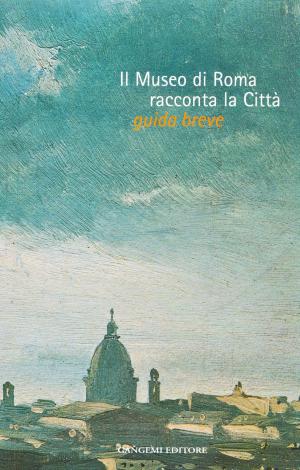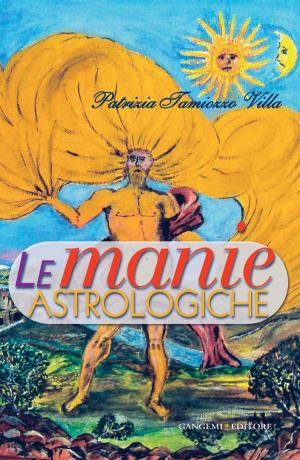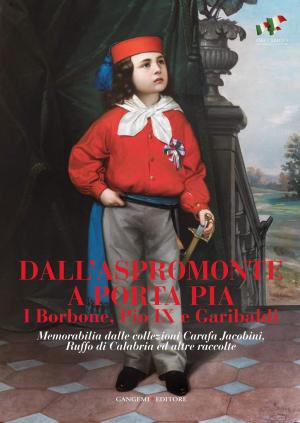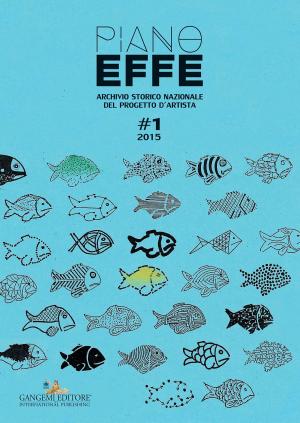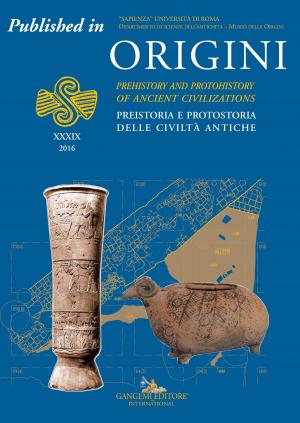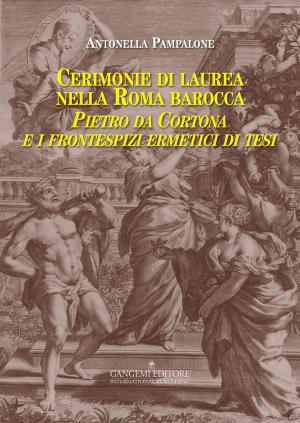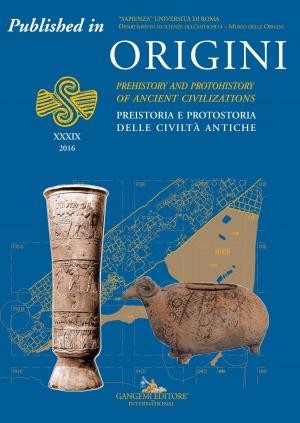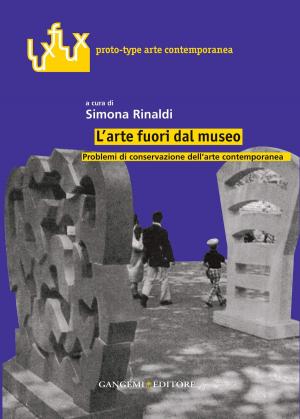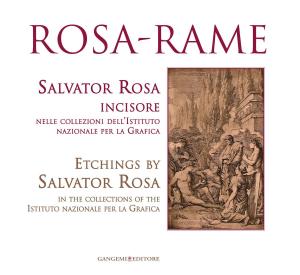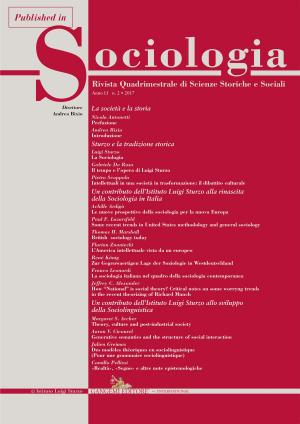Il disegno come testo / Drawing as text
Published in Disegnare idee immagini 53/2016. Rivista semestrale del Dipartimento di Storia, Disegno e Restauro dell’Architettura “Sapienza” Università di Roma | Biannual Magazine of the Department of History, Drawing and Restoration of Architecture
Nonfiction, Art & Architecture, Architecture| Author: | Lucio Altarelli | ISBN: | 9788849296976 |
| Publisher: | Gangemi Editore | Publication: | March 8, 2017 |
| Imprint: | Gangemi Editore | Language: | Italian |
| Author: | Lucio Altarelli |
| ISBN: | 9788849296976 |
| Publisher: | Gangemi Editore |
| Publication: | March 8, 2017 |
| Imprint: | Gangemi Editore |
| Language: | Italian |
Un aspetto di assoluto rilievo che caratterizza Le Corbusier è il suo impegno speso come architetto, urbanista, teorico, designer, pittore, scultore, fotografo, divulgatore e conferenziere. La molteplicità di questi ruoli deriva da una visione panoramatica dei saperi ed attesta la personalità di un intellettuale infaticabile e quella di un ricercatore dedito a una incessante ansia sperimentale che, esponendosi in prima persona, sfida continuamente l’azzardo. Un tema comune del suo impegno, riscontrabile in campo sia teorico che progettuale, è il ricorso costante a un pensiero binario legato alla messa in tensione dei contrari: natura/cultura, corpo/macchina, orizzontale/verticale, rigore/casualità, esprit de géométrie/objets à réaction poétique. L’immagine bicefala del Sole/Medusa, posta a chiusura del libro La Maison des Hommes, esprime al meglio le contrapposizioni tra luci e ombre, tra spirito apollineo e spirito dionisiaco, tra ragione e sentimento che indirizzano la contrastata poetica di Le Corbusier. | One of Le Corbusier’s most important traits is his commitment as an architect, urban planner, theorist, draughtsman, painter, sculptor, photographer, disseminator and conference speaker. His extensive, comprehensive, all-embracing approach to knowledge not only enabled him to play these multiple roles, it also testifies to his qualities as an indefatigable individual and researcher with a relentless experimental anxiety who continually exposed himself personally when tackling a challenge. One common aspect of both his theoretical and design commitment is the constant use of a binary idea to create tension between contrary objects or ideas: nature/culture, body/machine, horizontal/vertical, strictness/haphazardness, esprit de géométrie/objets à réaction poétique. The two-headed image of the Sun/Medusa at the end of the book La Maison des Hommes is the best example of the juxtapositions behind Le Corbusier’s contrasting poetics, i.e., between light and shadow, between Apollonian spirit and Dionysian spirit and between reason and sentiment.
Un aspetto di assoluto rilievo che caratterizza Le Corbusier è il suo impegno speso come architetto, urbanista, teorico, designer, pittore, scultore, fotografo, divulgatore e conferenziere. La molteplicità di questi ruoli deriva da una visione panoramatica dei saperi ed attesta la personalità di un intellettuale infaticabile e quella di un ricercatore dedito a una incessante ansia sperimentale che, esponendosi in prima persona, sfida continuamente l’azzardo. Un tema comune del suo impegno, riscontrabile in campo sia teorico che progettuale, è il ricorso costante a un pensiero binario legato alla messa in tensione dei contrari: natura/cultura, corpo/macchina, orizzontale/verticale, rigore/casualità, esprit de géométrie/objets à réaction poétique. L’immagine bicefala del Sole/Medusa, posta a chiusura del libro La Maison des Hommes, esprime al meglio le contrapposizioni tra luci e ombre, tra spirito apollineo e spirito dionisiaco, tra ragione e sentimento che indirizzano la contrastata poetica di Le Corbusier. | One of Le Corbusier’s most important traits is his commitment as an architect, urban planner, theorist, draughtsman, painter, sculptor, photographer, disseminator and conference speaker. His extensive, comprehensive, all-embracing approach to knowledge not only enabled him to play these multiple roles, it also testifies to his qualities as an indefatigable individual and researcher with a relentless experimental anxiety who continually exposed himself personally when tackling a challenge. One common aspect of both his theoretical and design commitment is the constant use of a binary idea to create tension between contrary objects or ideas: nature/culture, body/machine, horizontal/vertical, strictness/haphazardness, esprit de géométrie/objets à réaction poétique. The two-headed image of the Sun/Medusa at the end of the book La Maison des Hommes is the best example of the juxtapositions behind Le Corbusier’s contrasting poetics, i.e., between light and shadow, between Apollonian spirit and Dionysian spirit and between reason and sentiment.
